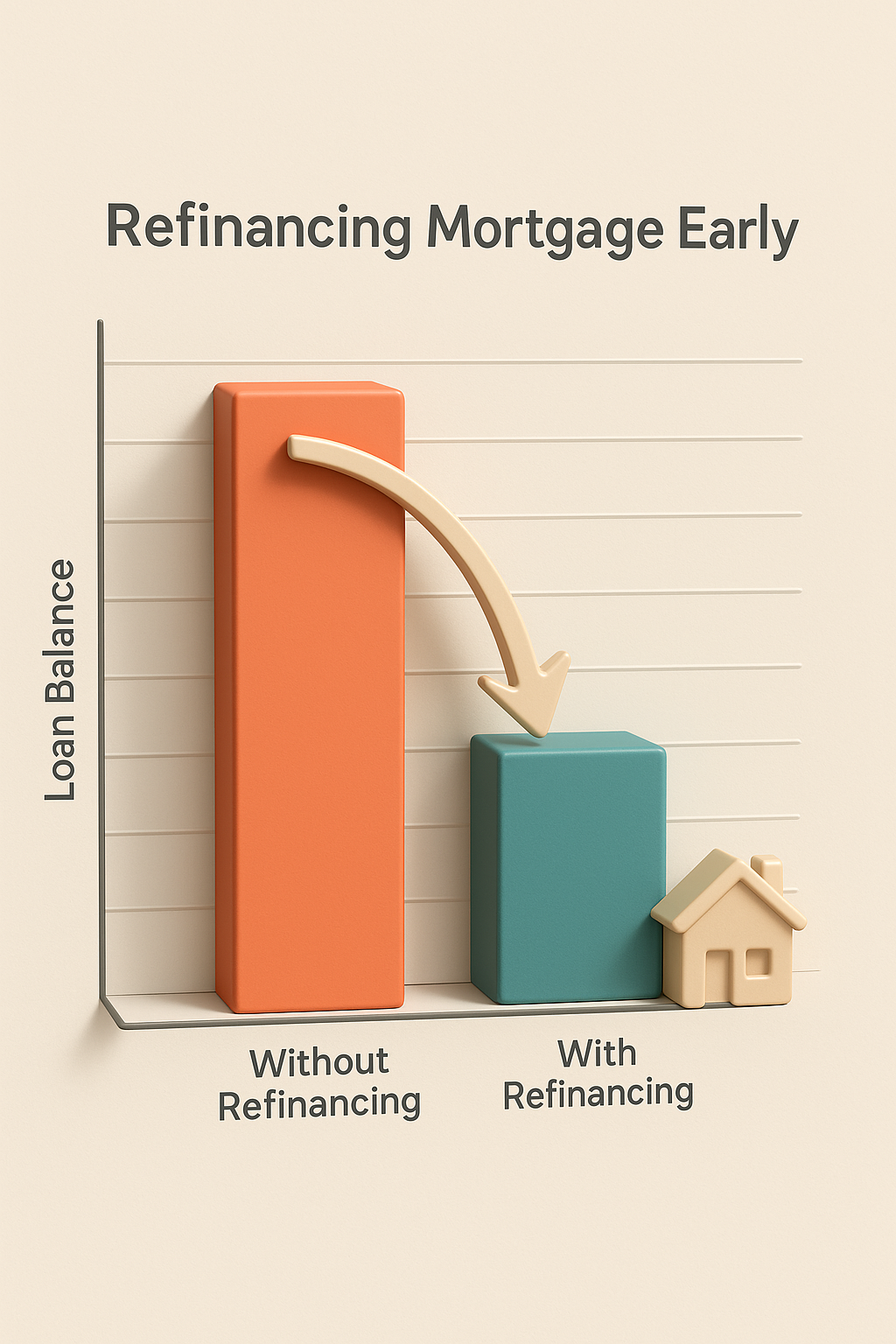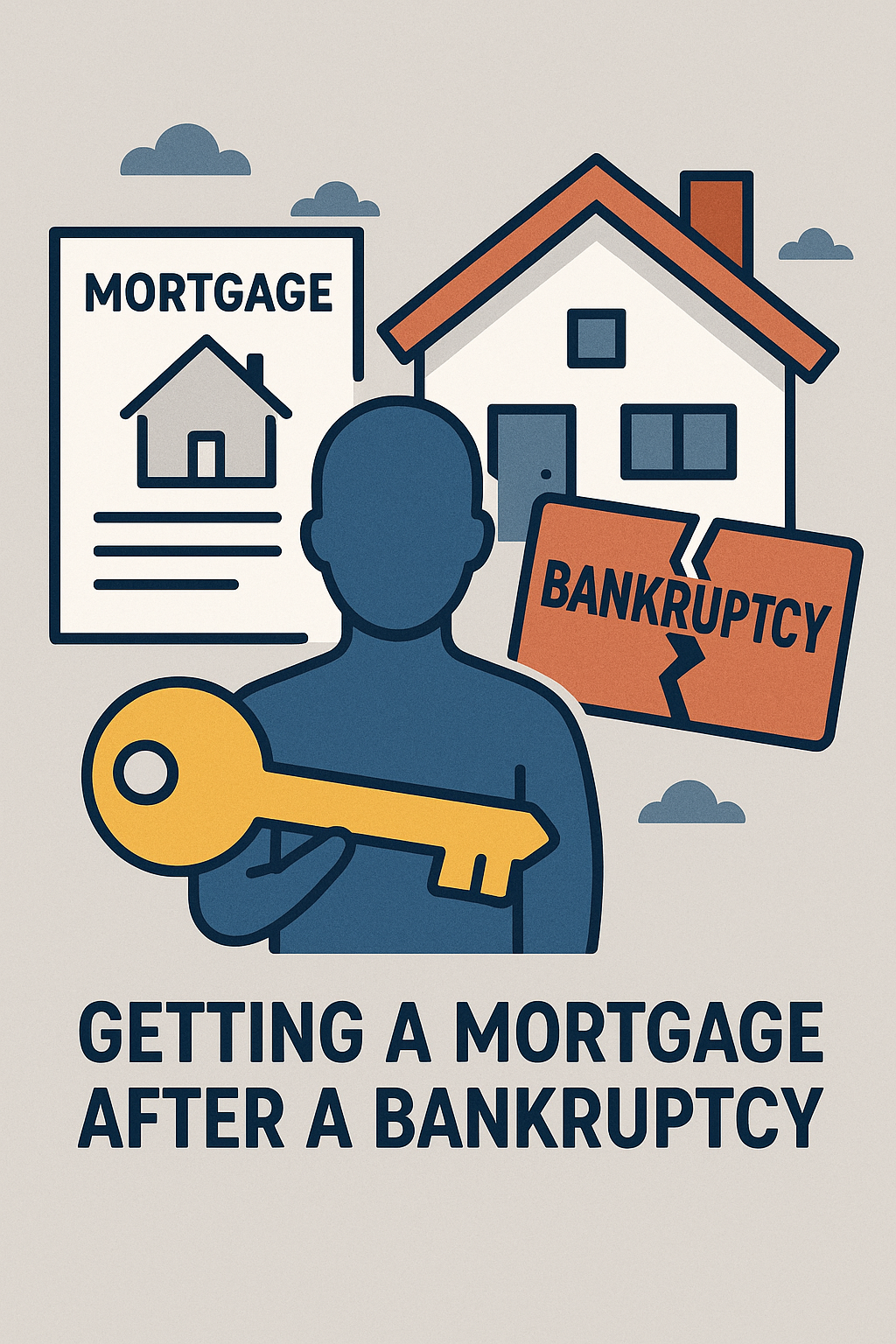Table of Contents
ToggleStruggles of Renovation Mortgage Loans and Equity Access in 1. Rural Communities and 2. Small-Town Canada
For many Canadians, owning a home in a rural community or small town offers peace, In rural and small-town Canada, accessing renovation mortgage loans and equity for home improvements can present significant challenges. Limited options for financial assistance can hinder homeowners in undertaking necessary upgrades to their properties. Despite the allure of rural living, the lack of easily accessible funds for renovations often leaves homeowners facing difficult choices.
Without proper financial resources, maintaining and improving homes in these areas can be particularly daunting. Consequently, finding viable solutions for renovation mortgage loans and equity access is crucial for homeowners in rural and small-town Canada. , and space that city living can’t match. But as any homeowner knows, even the most charming country property eventually needs renovations—whether it’s a kitchen upgrade, energy-efficient windows, or major structural repairs.
For rural homeowners, financing these upgrades isn’t always as simple as it is in big urban centres. Limited access to lenders, unique property types, and fluctuating market values can make it harder to tap into home equity or secure renovation loans.
This guide explores how renovation mortgage loans and equity access work for homeowners in rural and small-town Canada, along with strategies to get approved, overcome financing roadblocks, and make the most of your property’s value.
Why Renovation Mortgage Financing Matters in Rural Communities
Renovations are more than cosmetic improvements—they’re often essential in rural areas where homes may be older or located on larger properties that require upkeep. For example:
-
Aging farmhouses may need electrical, plumbing, or foundation work.
-
Seasonal cottages might need winterization for year-round use.
-
Energy efficiency upgrades (insulation, windows, solar panels) can cut costs where utility bills are high.
-
Property expansions (barns, garages, workshops) are often required for rural living.
But while urban homeowners can often walk into a bank for a renovation mortgage loan or refinance, rural borrowers face extra hurdles.
The Challenges of Rural and Small-Town Home Financing
1. Limited Access to Lenders
Many big banks prefer financing in metropolitan areas where property values are high and markets are liquid. Rural homes may be considered “higher risk” because resale can take longer.
2. Appraisal Difficulties
Appraisers may struggle to find recent comparable sales in small communities, which can result in lower valuations. This reduces how much equity a lender is willing to advance.
3. Unique Property Types
Homes on large acreages, mixed-use farms, or seasonal cottages don’t always fit the criteria that mainstream lenders prefer.
4. Higher Lending Standards
Traditional lenders may impose stricter requirements—higher credit scores, lower loan-to-value ratios, or additional proof of income—making approval harder for rural homeowners.
Options for Renovation Mortgage Loans in Rural Canada
Despite these challenges, homeowners do have several financing tools available. The best option depends on your goals, property type, and financial situation.
1. Home Equity Line of Credit (HELOC)
-
A HELOC allows homeowners to borrow against the equity in their home, up to a certain limit.
-
It’s flexible—funds can be drawn as needed, perfect for ongoing or phased renovation projects.
-
In rural settings, HELOCs may be harder to qualify for if property values are lower, but alternative lenders can sometimes help.
2. Mortgage Refinance
-
Refinancing replaces your existing mortgage with a new one at today’s rates and terms.
-
You can borrow up to 80% of your home’s value (subject to appraisal).
-
Ideal for larger renovation projects or debt consolidation combined with renovations.
3. Second Mortgage
-
A second mortgage is a loan secured against your property in addition to your primary mortgage.
-
These are often provided by private lenders and can be easier to obtain in rural markets.
-
They carry higher interest rates but provide access to equity when traditional refinancing isn’t available.
4. Personal Loans or Lines of Credit
-
Smaller renovations may be financed with unsecured loans.
-
These don’t rely on property values but often come with higher interest rates.
5. Government Grants and Incentives
-
Programs such as CMHC Green Home rebates or provincial energy-efficiency incentives can reduce costs for specific upgrades like insulation, windows, or renewable energy systems.
How to Improve Your Chances of Accessing Equity in Rural Areas
If you live in a small town or rural community, here are steps you can take to make approval more likely:
-
Work with a Mortgage Broker
Brokers like LendToday.ca have access to a wide network of lenders—including private and alternative lenders who are more comfortable with rural properties. -
Invest in a Strong Appraisal
Make sure your appraiser understands the local market. Highlight improvements and comparable sales, even from nearby communities. -
Boost Your Credit Profile
Lenders may be stricter in rural markets. Paying down debts, improving credit scores, and demonstrating stable income will strengthen your application. -
Consider Private Lending
If banks say no, private lenders may step in with short-term solutions like second mortgages. These can help bridge gaps until you build more equity. -
Bundle Renovations with Debt Consolidation
If you’re carrying high-interest debt, a refinance that combines debt repayment with renovation funds can improve your overall cash flow.
Case Study: Renovation Financing in a Small Ontario Town
Imagine a homeowner in rural Ontario with a farmhouse valued at $400,000. They owe $220,000 on their mortgage and want $80,000 for major renovations.
-
Bank Appraisal: The limited sales data in their area results in a conservative valuation of $375,000. This reduces their borrowing capacity.
-
Bank Response: Traditional lenders only offer a small HELOC of $20,000, not enough for the project.
-
Alternative Solution: By working with a broker, the homeowner secures a second mortgage from a private lender, covering the full renovation cost. Once completed, the home’s value increases, allowing a refinance into a conventional mortgage with better terms.
This example shows how creative financing can make renovations possible even when traditional lenders fall short.
The Benefits of Renovation Mortgage Loans in Rural Canada
When used strategically, renovation loans can deliver long-term benefits:
-
Increased Property Value: Upgrades boost resale value, even in slower rural markets.
-
Improved Quality of Life: Modern kitchens, bathrooms, or heating systems enhance daily living.
-
Energy Efficiency Savings: Renovations like better insulation or solar panels reduce long-term operating costs.
-
Preservation of Heritage Homes: Many rural properties are older; renovations help maintain their character while meeting modern standards.
Risks to Keep in Mind
While renovation loans are valuable tools, homeowners should also weigh the risks:
-
Over-borrowing: Borrowing more than you can comfortably repay may lead to financial stress.
-
Market Fluctuations: In small towns, property values can change more slowly, which limits equity growth.
-
Higher Private Lending Costs: Second mortgages or private loans often carry higher interest rates.
The key is to balance your renovation goals with realistic financial planning.
Conclusion: Building Your Future with Smart Renovation Financing
For homeowners in rural and small-town Canada, accessing equity for renovations comes with challenges—but also opportunities. Whether it’s upgrading an old farmhouse, modernizing a cottage, or adding energy-efficient improvements, renovation mortgage loans can unlock your home’s potential.
By exploring refinancing options, HELOCs, second mortgages, and even private lending, rural homeowners can overcome the obstacles that traditional lenders often present. Working with a trusted mortgage broker ensures you see all available options—not just what the big banks are willing to offer.
At LendToday.ca, we specialize in helping Canadian homeowners, including those in rural areas, access the financing they need for renovations, debt consolidation, and long-term financial stability. Don’t let limited lender options hold you back—your home’s potential is closer than you think.
- Most Lenient Mortgage Lenders in Canada: A, B, and Private Explained - December 16, 2025
- Facts About Getting a Reverse Mortgage Before Your Home Is Paid Off - December 14, 2025
- 7 Smart Truths About Refinancing a Mortgage at Any Time (And Avoiding Costly Penalties) - December 12, 2025






